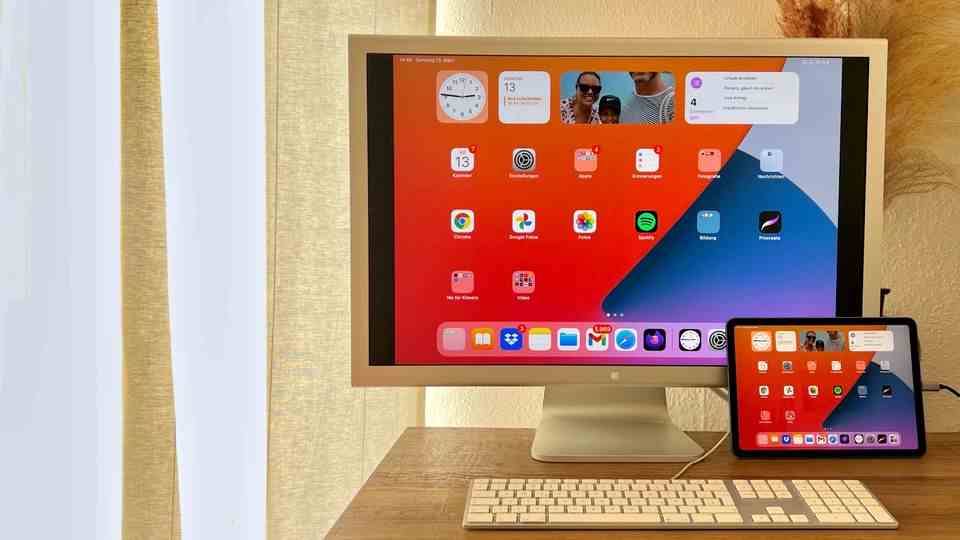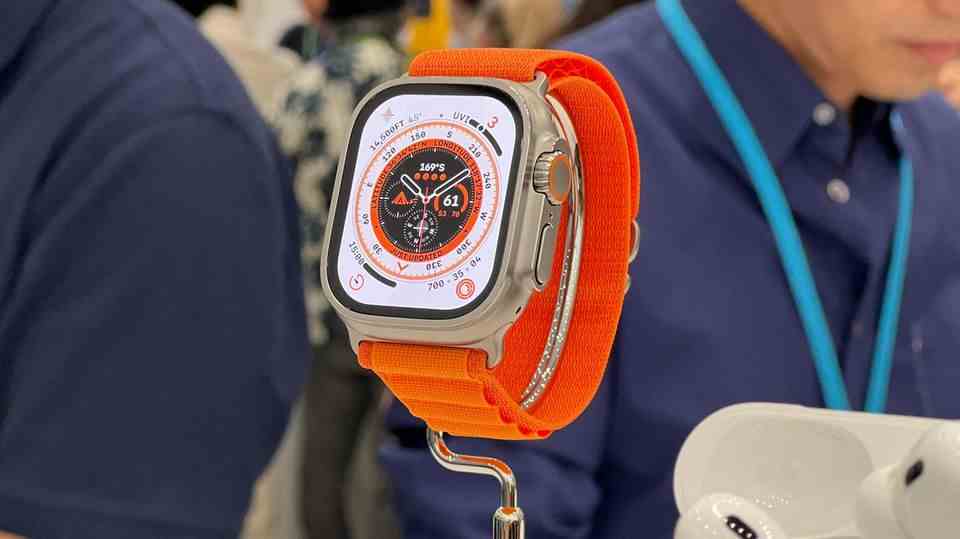eSIM
The days of the SIM card are numbered: How Apple’s iPhone plans are threatening providers
Soon you will probably never have to go to a branch again for your SIM card: Apple is forcing the digitization of the plastic card.
© dusanpetkovic / Getty Images
SIM cards have been with us for decades. But Apple is gradually burying the small plastic card. This puts some providers under pressure, but has only advantages for the consumer.
Apple has once again done what the iPhone group does best: to initiate a rethinking of an entire industry. This time it’s about the gradual abolition of the small plastic chips that we have been pushing into mobile phones and smartphones as SIM cards for decades. Because when the new iPhones were presented, the company said that it would initially deliver the devices in the USA without the famous side slot, which can only be opened with the tool provided or a thin needle.
It is now actually clear: the last days of plastic cards have begun, in a few years every new smartphone will only use the so-called eSIM. This stands for “embedded SIM” and takes on exactly the same tasks as the physical card, just without having to insert a plastic card.
The advantages of the eSIM are great
This has many advantages: If a device is lost, the connection to the eSIM can be quickly and easily cut and set up on a new device. In the best-case scenario, you don’t have to wait days for the post and can immediately start restoring all services with the old phone number, since banking apps, for example, often send a code to the stored number.
It also avoids quite a large mountain of rubbish, since no plastic cards, outer packaging, SIM removal tools or other gadgets associated with the logistics of physical cards are required. A win-win situation for people and the environment.
The eSIM is also a benefit for the devices themselves – because the card slot takes up a lot of space that could be used for other components. Although Apple has installed nothing different in the American iPhone 14 models than in the international counterparts, it is possible that the group will plan to save space from 2023 and use the space differently accordingly. In terms of stability and water resistance, the lack of a cut-out on the case is of course also a plus point.
Most providers are strong
The big German mobile phone providers are not shocked by this development anyway. On the contrary: Actually, Apple shouldn’t have started the transition as hesitantly as is the case with the iPhone 14.
Because the first attempts by providers like Telekom were seven years ago and almost all larger providers offer an eSIM. Dirk Wende, company spokesman for Telekom, explains: “There is no disadvantage due to the omission of the traditional SIM card.” It is said that the eSIM stands for more flexibility and speed for Telekom, the development of further end device classes and, as mentioned, the avoidance of plastic/CO2 emissions.
The daughter Congstar is also looking good. Timo Wakulat, spokesman for Congstar: “The eSIM is becoming more and more important and will be part of the digital standard at Congstar in the near future. The eSIM is already being used extensively in the ‘fraenk’ mobile phone offer implemented by Congstar. More than half of all ‘fraenk’ – customers are already using an eSIM.”
A spokeswoman for O2 Telefónica explains something similar: “We are prepared for this and can guarantee our customers a functioning and smooth SIM process in the future. Customers who opt for a postpaid tariff from our O2 brand can already use a Use eSIM. To do this, users have to exchange their physical SIM card for an eSIM online via a swap process. Over the course of the next year, the eSIM can then be purchased directly when ordering a new contract from O2.”
Many customers apparently see things the same way, because according to Telekom, the share of eSIM in new business in the spring of this year was around 40 percent – with a strong upward trend.

Prepaid providers under pressure, international pent-up demand
But Apple may not have caused enthusiasm everywhere – and therefore wait with the worldwide implementation of this big change. In Germany, too, there is a surprising amount of catching up to do. Especially with prepaid offers such as Blau, Aldi Talk and even some prepaid offers from O2, it is not yet possible to do without the plastic SIM.
A rapid switch to the new technology would even be advantageous for security. Because an eSIM cannot be removed and misused in another device, theft is much more difficult, as is cutting off the mobile phone connection by removing the SIM.
So is there nothing wrong with Apple’s decision to end the physical SIM card? Well, there are (still) two problems. A smartphone without a SIM card slot complicates the search for local providers when traveling around the world. Because internationally, the SIM card still plays a major role. In countries like Hong Kong, China and Macau, Apple even sells iPhone models with two physical SIM card slots to enable the use of two phone numbers without an eSIM.
The beloved party phone can no longer be used after activating the eSIM, since many older devices (the iPhone X from Apple) do not offer an eSIM function and some providers do not allow the use of a physical SIM and an eSIM of the same number.
However, Apple’s announcement this year may help ensure that the industry is well prepared for the final end of the SIM slot in the coming year and that the eSIM will finally be made the standard – worldwide. The iPhone X is then already six years old.




